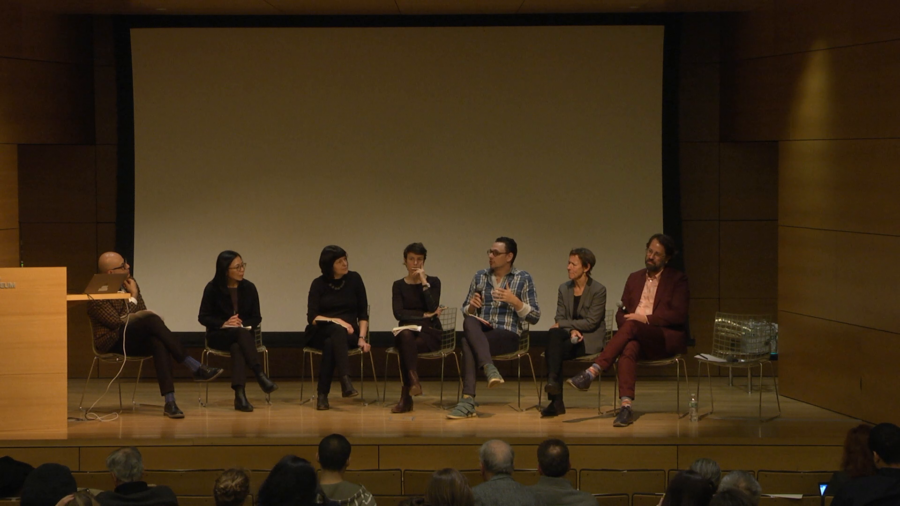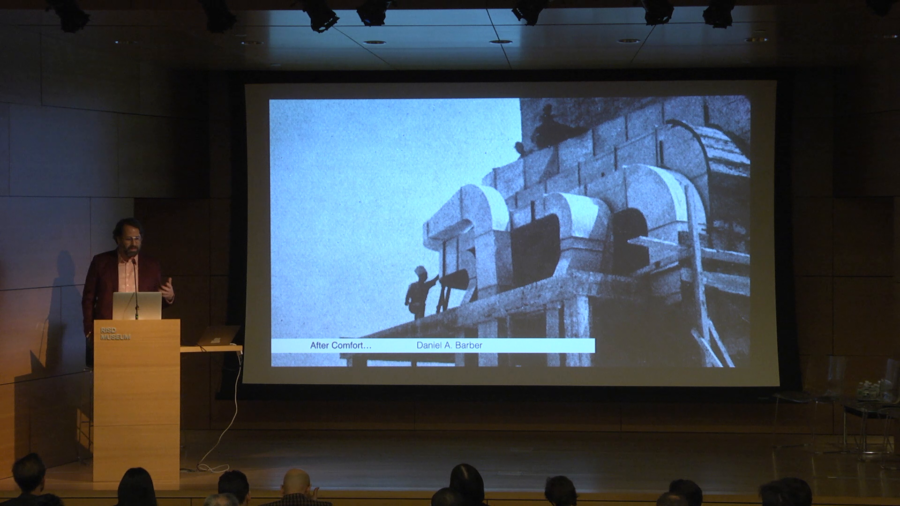The historical understanding that there was no capital before racialization is really important for tending to the extractive fossil fuel legacies that we’re trying to unearth today with the Green New Deal and just transition work in so many ways.
Climate Futures II: Design Politics, Design Natures, Aesthetics and the Green New Deal (Page 2 of 2)
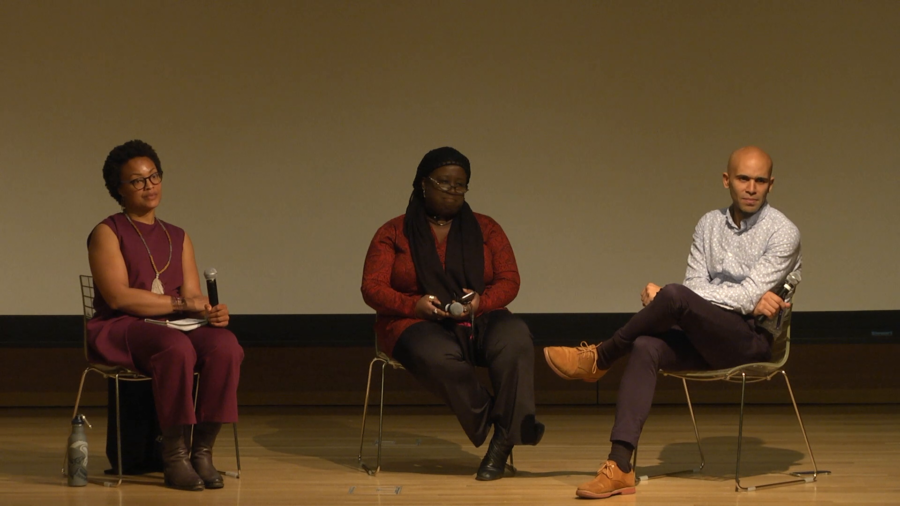
Racial Capitalism, Designs for Energy Transition and the Green New Deal
presented by Jacqui Patterson, Myles Lennon, Shalanda H. Baker
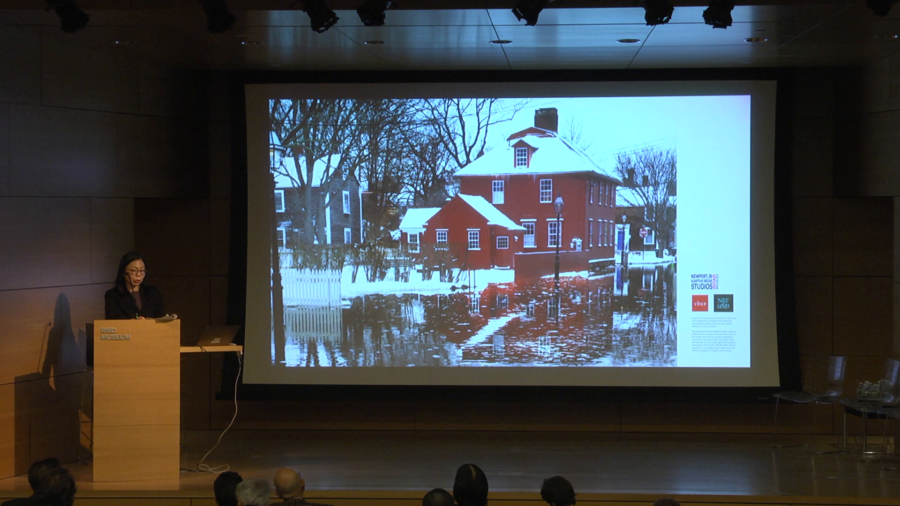
Projecting Change was part our post-professional MA in Adaptive Reuse program. It was inspired by the effects of Hurricane Sandy, which turned Newport, Rhode Island into a lake.
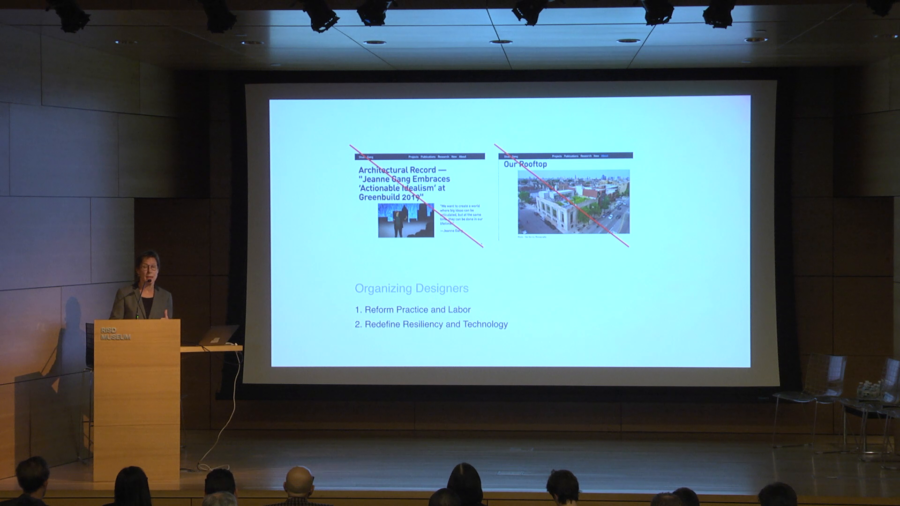
Labor, Architecture and the Green New Deal
presented by Peggy Deamer
The main thing that we need to be doing is working as a discipline, as a profession, as a unified voice, so that we sit at the table of policymaking and are believed as not just ambulance-chasers for work for ourselves but as people with knowledge and whatever embeddedness in the community, and our design expertise within the community is absolutely essential.
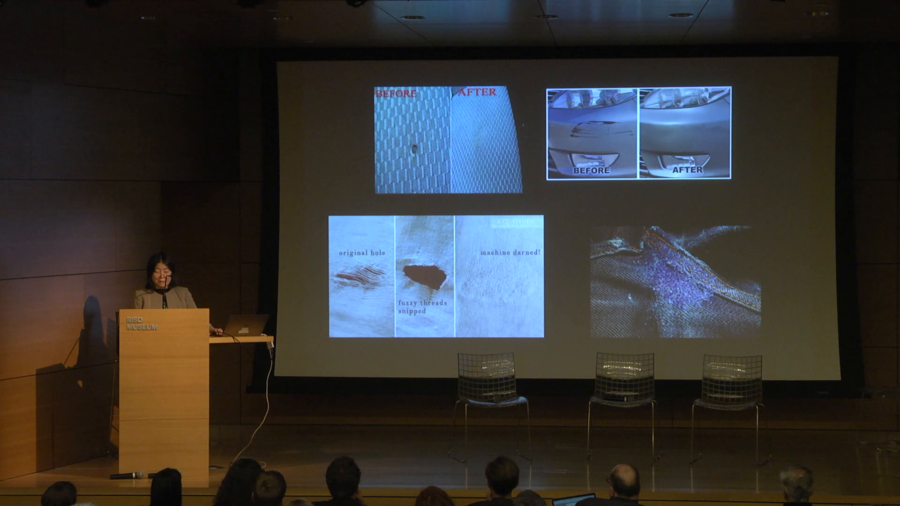
Environmental Aesthetics and Everyday Life
presented by Yuriko Saito
It is commonly recognized that artistic strategies are effective in promoting social, political, and religious agendas. What is less recognized is that many decisions and actions we make in our daily life are also guided by aesthetic preferences and judgments. In the United States today unfortunately, the popular aesthetic taste seems to work against the ideals of sustainability and justice proposed by the Green New Deal.
An Innovation Policy for the Green New Deal
presented by Dan Traficonte, Ian Wells
By innovation policy what we’re really talking about is federal R&D programs. So despite the American economy’s reputation for being this quintessential free market system, much of the innovation and technological development in the American economy can be linked to direct government intervention.
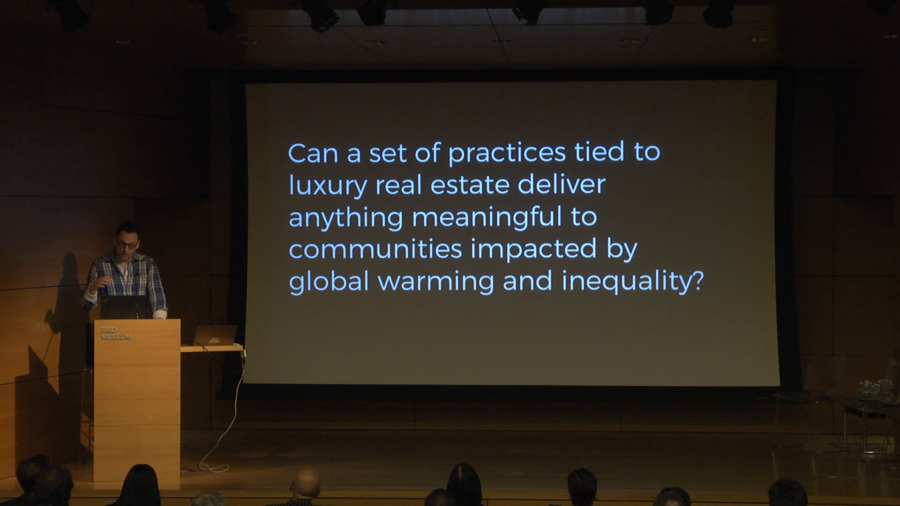
Design and the Green New Deal
presented by Billy Fleming
I think that Damian asked me here in large part to talk about this essay from last spring in Places Journal that begins pretty timidly with this line, I don’t know when the myth of designers as climate saviors began, but I know that it’s time to kill it.
Which as you can imagine got me invited to lots of dinner parties at Harvard.
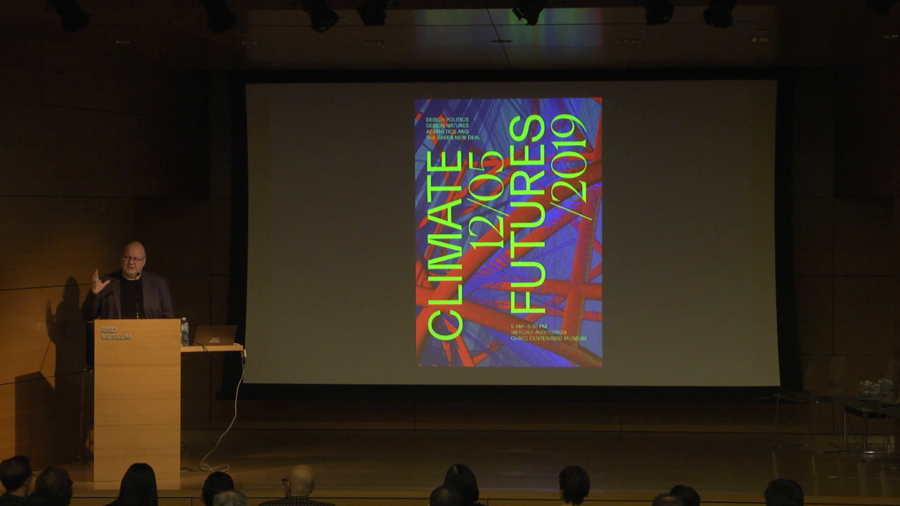
Climate Futures II Introductions
presented by Damian White, Jonathan Highfield
There’s much intellectual, cultural, and creative work to do. But it’s really important as well that we leave room for debate, discussion, productive critique, etc. So this event is not about the final moment. It’s not going to resolve nicely fluid disciplinary discussions. But it is going to be a kind of jamboree of kind of conflicting, interesting, diverse perspectives on post-carbon futures and so on.

